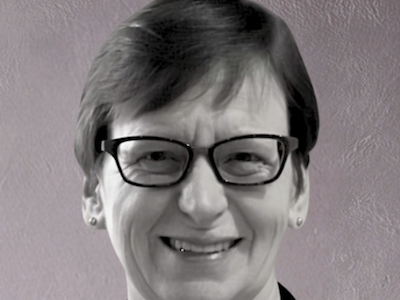August 2021 was the 10-year anniversary of Black Philanthropy Month (BPM), when Black philanthropists, Black community leaders and the charitable sector commemorate African-descent giving. BPM was created by Dr. Jackie Bouvier Copeland and the Pan-African Women’s Philanthropy Network (now named Reunity). This year, the BPM theme is “TENacity: Making Equity Real.”

On Aug. 5, Black Philanthropy Month’s virtual summit of Canadian panelists included Liban Abokor, Djaka Blais-Amare, Dr. Joseph Smith and moderator Rebecca Darwent, all members of the Foundation for Black Communities (FFBC), Canada’s first Black-led and Black-serving foundation. Their panel, “Reimagining Black Funding Equity in Canada”, tackled barriers in the grant-making process for Black organizations. Recently, the FFBC’s report, Unfunded, concluded: “of the funding portfolios of 40 Canadian foundations, we found that philanthropic institutions have severely underfunded Black-led and Black-serving community organizations.”
Insights from Black Philanthropy Month
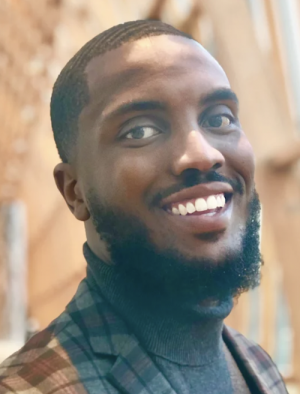
Dr. Joseph Smith
The FFBC reported that approximately 50% of community organizations it surveyed don’t know who to go to for funding, according to Dr. Joseph Smith, Founder and Executive Director of Chosen Generation. And almost 50% percent don’t have charitable status and need a grant writer.
“These organizations are forced into the colonial structure of having to find a trustee to mentor them and to hold the resources before it can be disseminated to them,” Smith said at the panel. “There’s a lack of trust there. I’ve seen a lot of people scramble to gain a relationship in the interim, of receiving a grant to build a relationship with one of these trustees.”
Smith said that Black organizations’ unfamiliarity about grants and the limited access to colleagues working with grant applications disadvantages them; they could spend hours developing a program or grant application that gets shut down in the end. Because of this, many organizations are unsustainable.
First steps to authentic relationships
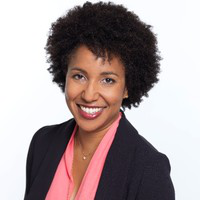
Djaka Blais-Amare
This pattern has some people advocating for a new relationship dynamic between funders and organizations — to serve organizations better.
“It’s about shifting the onus of responsibility to find those resources,” said Djaka Blais-Amare, Director of Grants & Racial Equity of the Calgary Foundation.
Blais-Amare said philanthropic organizations, investors and donors should take the first steps to build authentic relationships with communities and organizations in a way that’s not transactional. She said getting to know communities and the organizations serving them, and seeking them out to provide resources, should become commonplace. “Being able to collaborate with other organizations also takes resources,” she said. “The expectation that an organization that is just getting off the ground has all the resources needed to fully collaborate with everyone in their sector or surrounding sector: that needs to be readjusted.”
Foundations need to spend more time learning
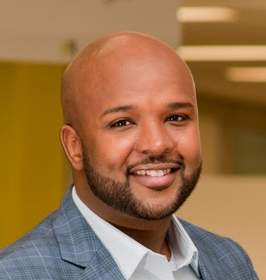
Liban Abokor
These adjustments include how funders expect organizations to communicate their needs. According to Liban Abokor, Founder and Director of Youth Leaps, foundations should be comfortable funding organizations that are learning how to create the most impact for their communities, rather than depending solely on achievements of the past to dictate where money goes in the future.
Abokor said foundations need to spend more time learning about problems from organizations seeking foundations’ grants. Rather than asking organizations to define the problems, funders have the staff and resources to research so they can make informed decisions about funding new charitable causes.
Organizations can also be disadvantaged when they try explaining problems to foundations that aren’t familiar with those problems. People within these foundations may not share the lived experiences of those asking for grants. Failing to understand the complexities and scope of the problems can cause funders to give money to other issues instead. “Many of the Black or Indigenous or equity-seeking group problems, which require you to have at least some notion of experience, often get left on the cutting room floor when it comes to grants,” Abokor said during the panel.
Raising the barriers
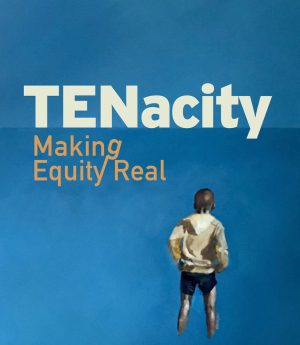 In what he described as a “colonial practice,” foundations require direction and control over money they give and must be convinced beyond a reasonable doubt that organizations can complete what they set out to do before the organizations get a chance to try.
In what he described as a “colonial practice,” foundations require direction and control over money they give and must be convinced beyond a reasonable doubt that organizations can complete what they set out to do before the organizations get a chance to try.
Smith, Blais-Amare and Abokor said that current grant-making practices enforce barriers to Black-led and Black-serving organizations’ access to funds, but it doesn’t have to be this way. Valuing learning in the grant-making process will give these organizations more opportunities to help their communities, according to Abokor.
“The way that you begin to define impact has significance,” he said.
Sherlyn Assam is a student in the MPNL program, a Research Assistant for PANL Perspectives, and is on LinkedIn and Twitter. “TENacity” poster is courtesy of artist, designer, and researcher Dr. Dimeji Onafuwa and BPM.
Wednesday, September 1, 2021 in For homepage, Fundraising, Social Justice & Change
Share: Twitter, Facebook
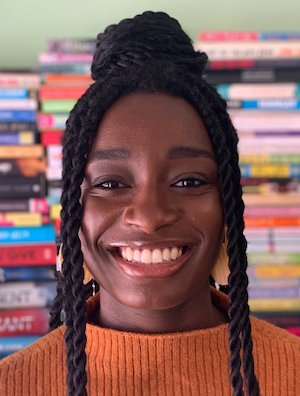 By
By 